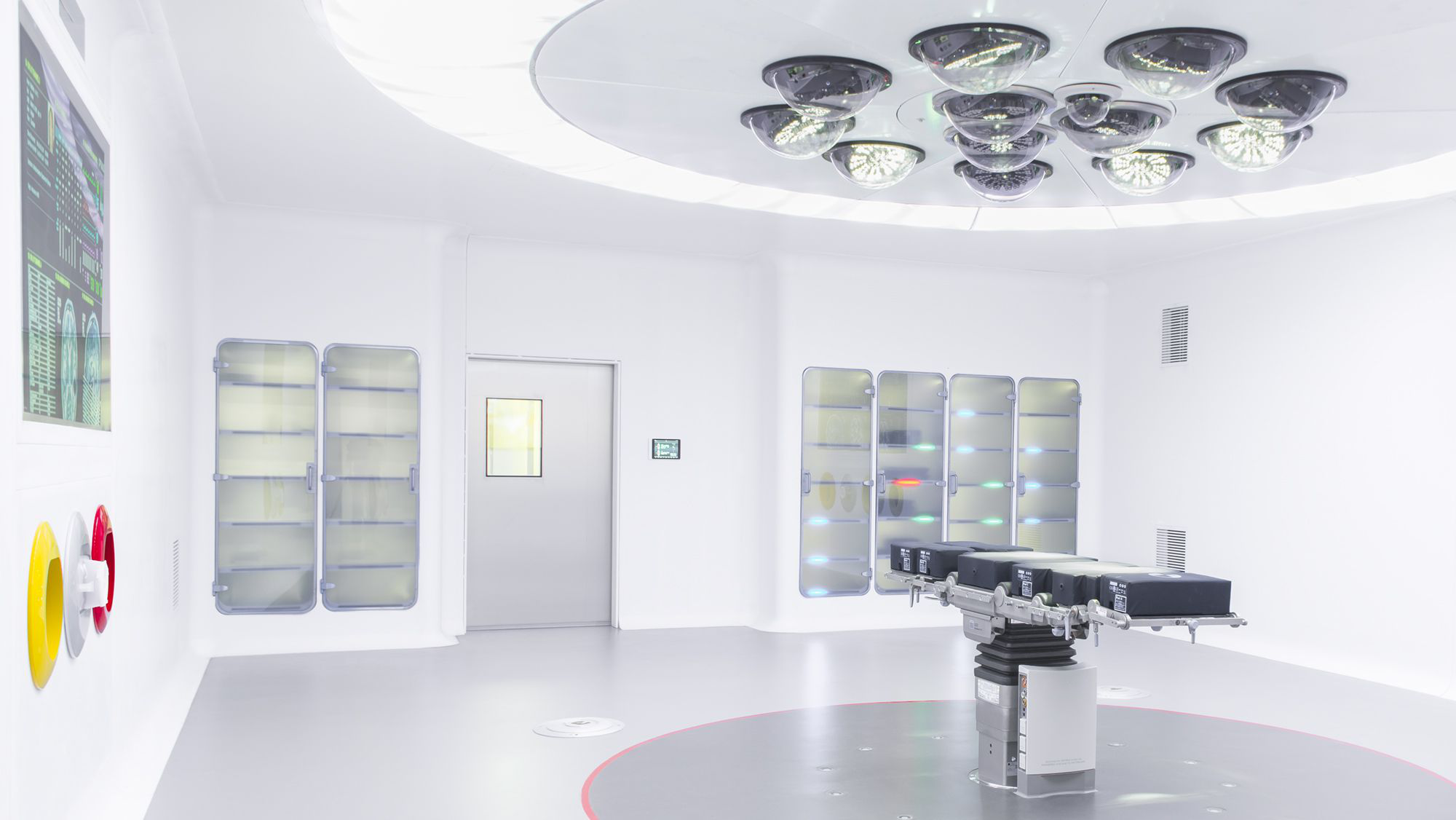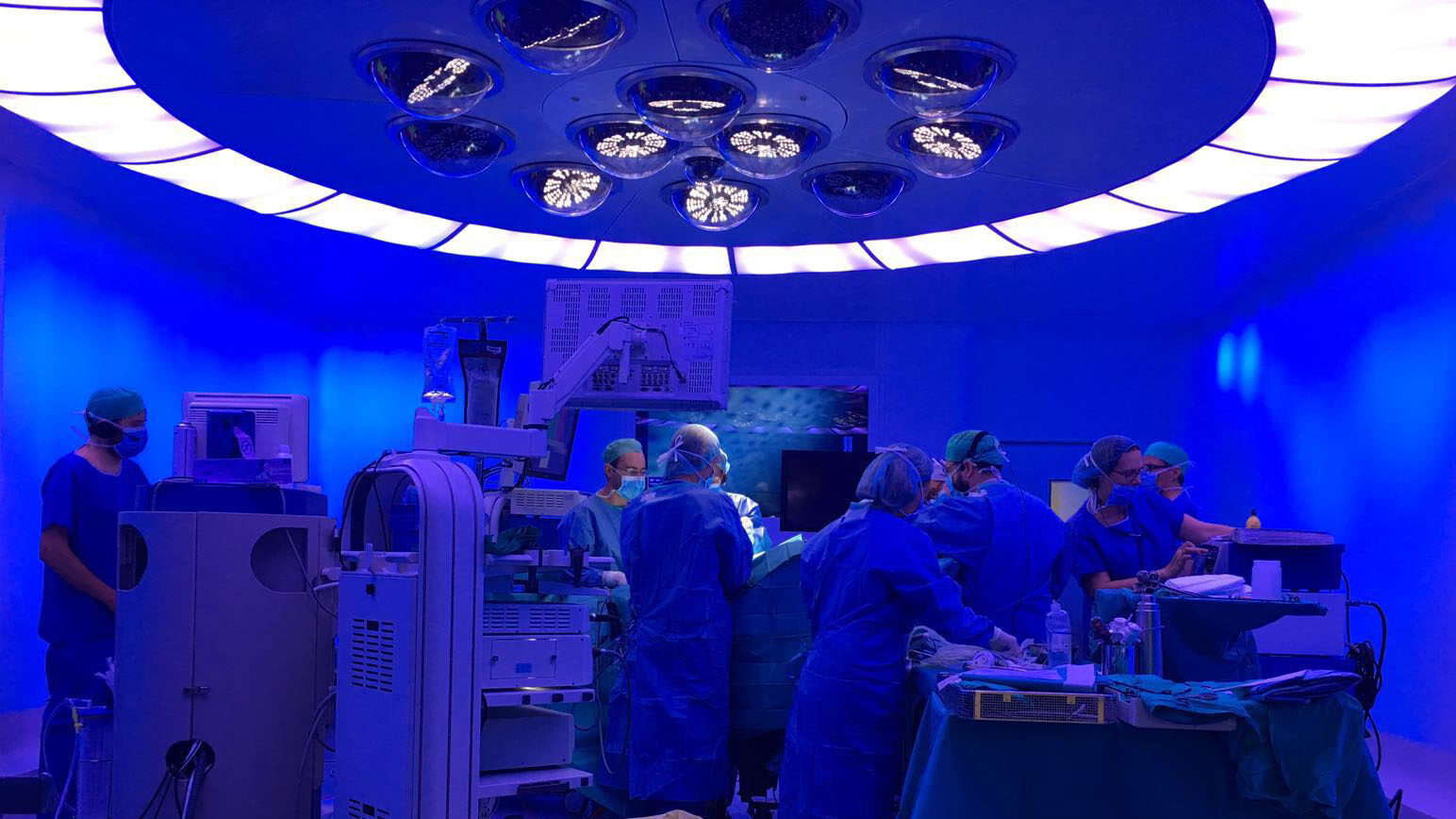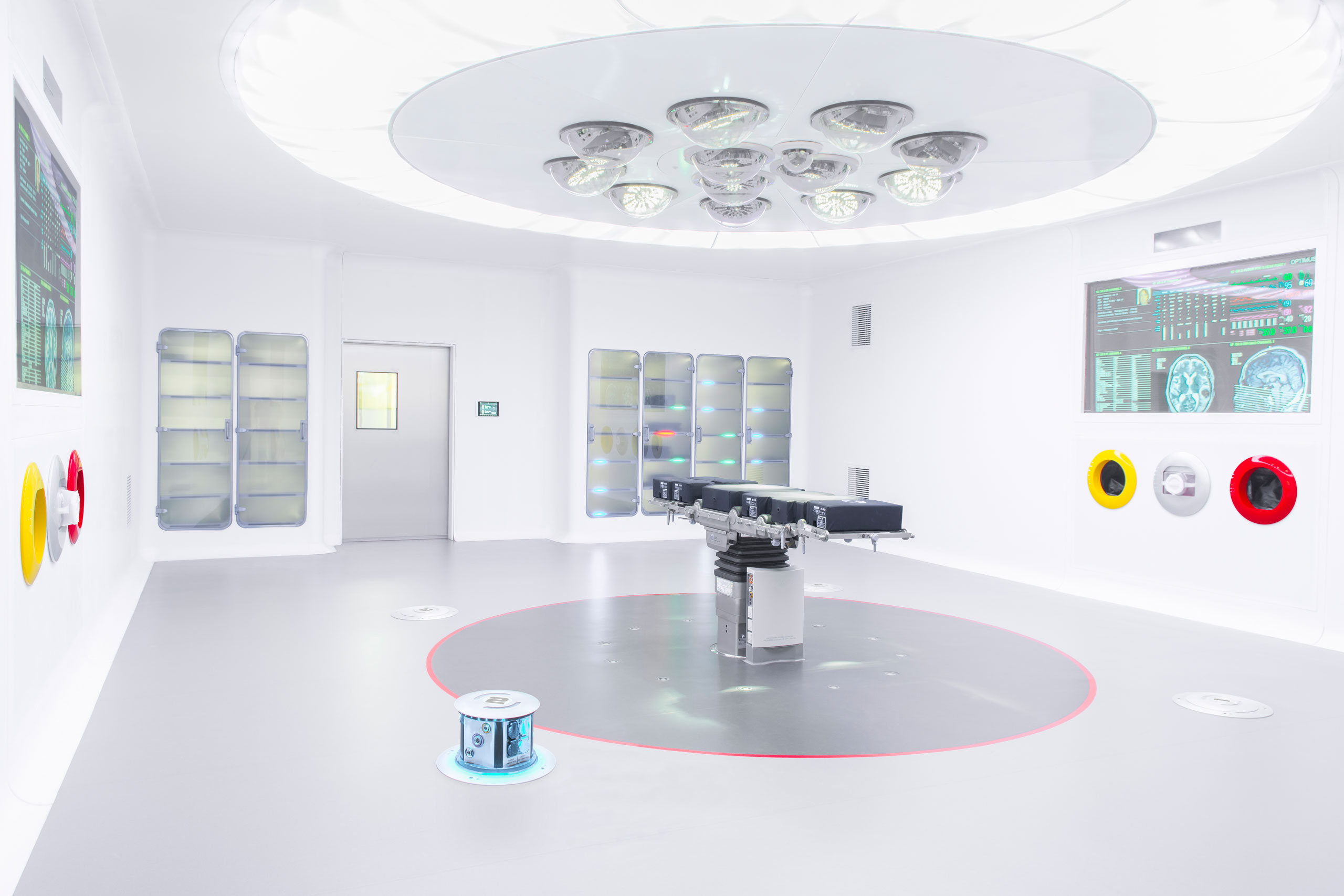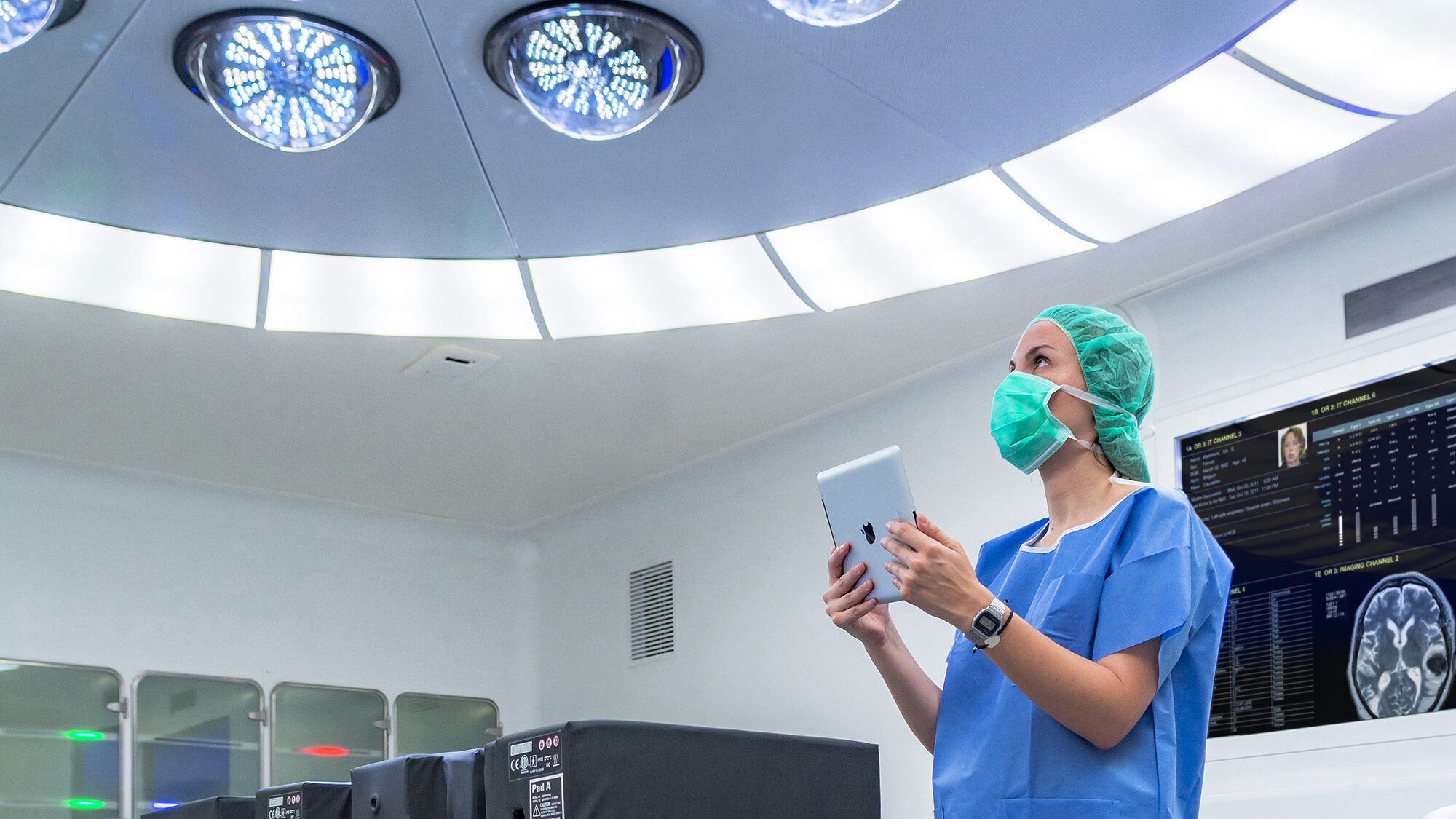The challenge: optimising hospital investments in competitiveness, safety and efficiency
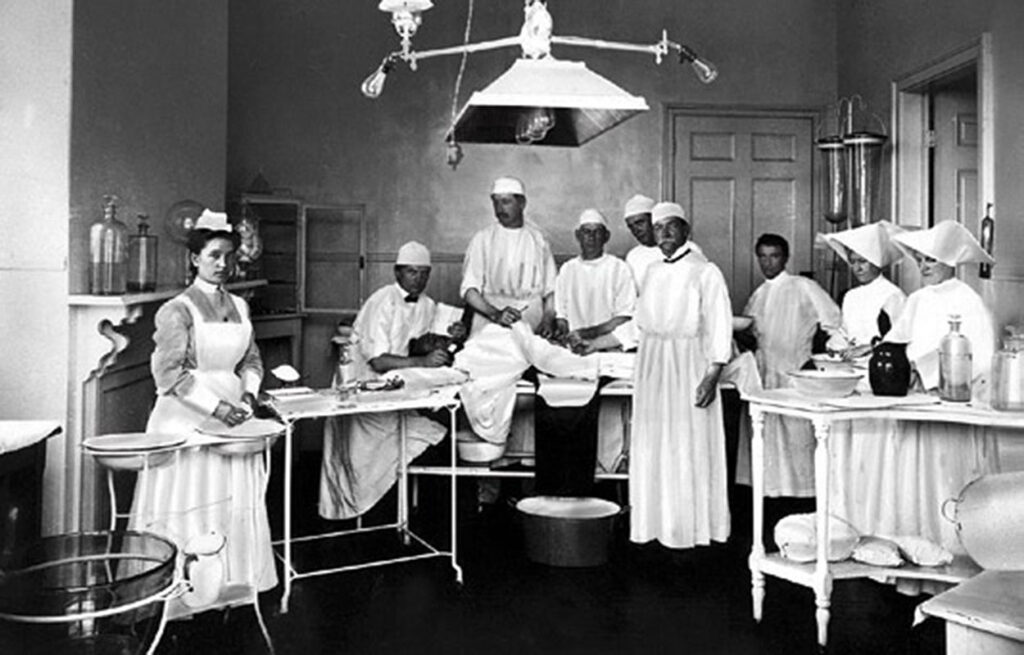
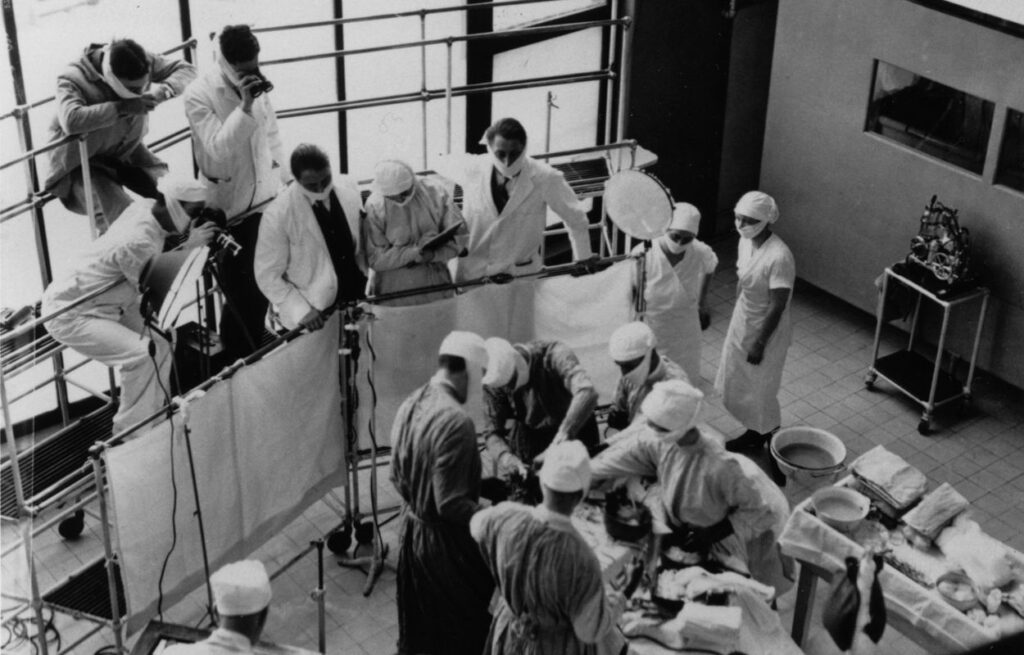
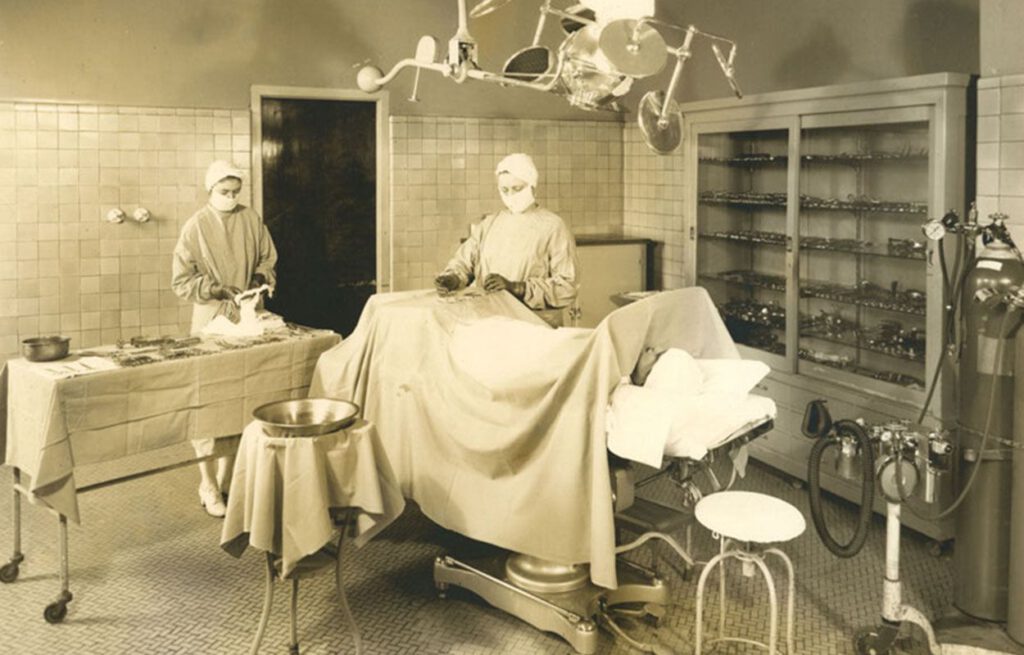
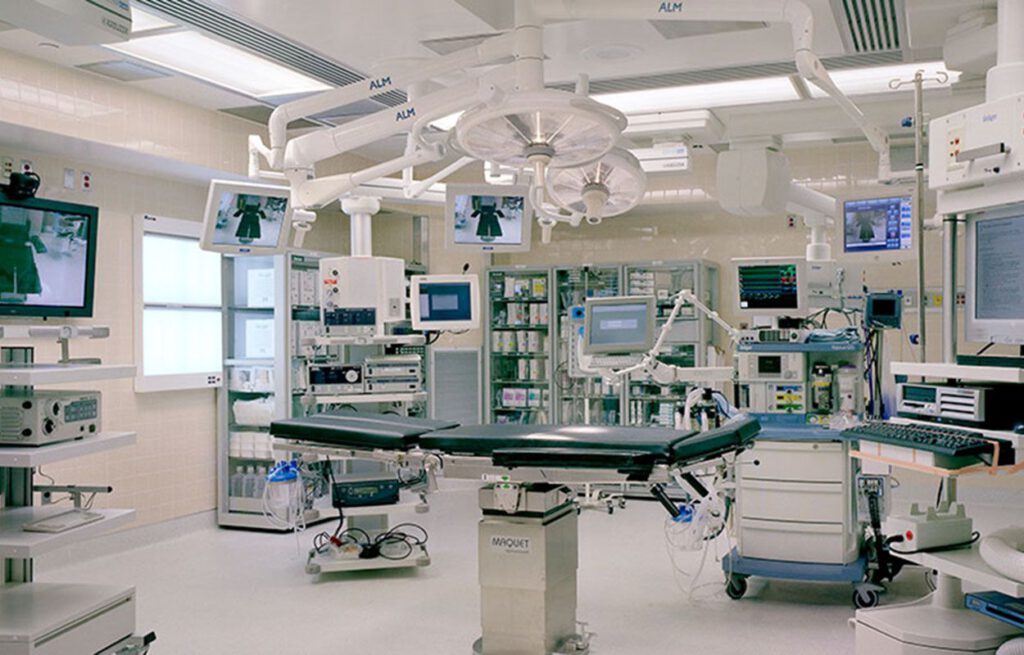
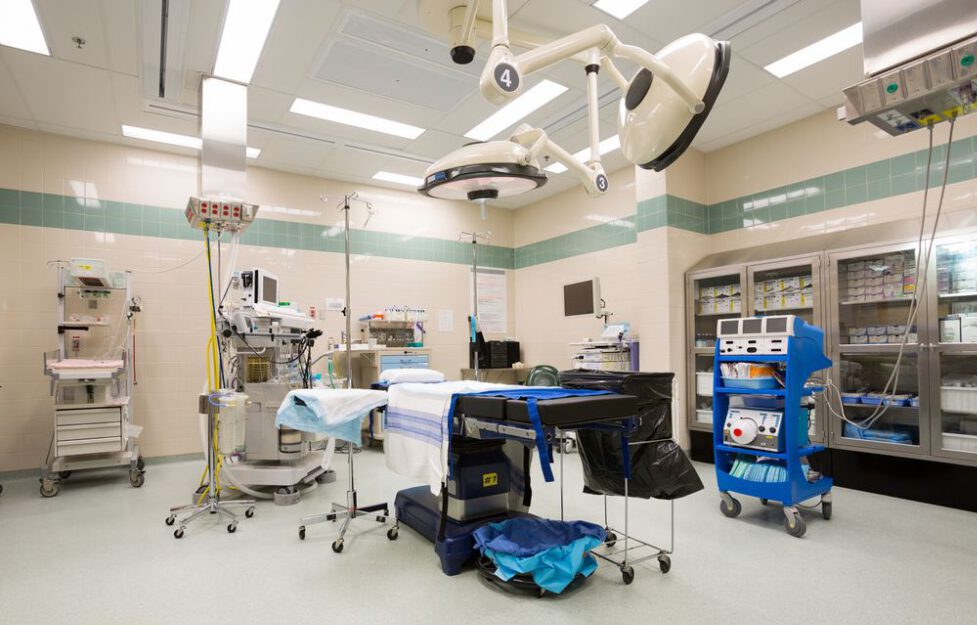
Healthcare facilities have seen a gradual rise in the number of medical errors despite enormous improvements in medical education and specialization, medical devices, laboratory diagnostics, radiologic visualization techniques, computer technologies and the evolution of surgical, radiologic and radiation interventions. The main factors that are responsible for increasing operating costs and healthcare facilities operating room infrastructure costs are:
- The complexity of and the number of systems has been increasing since the late 1970’s, resulting in a dizzying array of organizational and hardware and software silos that do not communicate well with each other
- Increasing medical errors due to the exploding number and variability of medical devices and user interfaces
- Increasing medical errors due to the number and variability of the many-headed Hydra of software packages, information systems, database structures and computer hardware
A logical premise that underlies this paradox is that risk is a function of complexity:
“As a system grow in complexity, the number of potential risk events grow proportionately”
The solution: DATUS’ system approach for more competitiveness, safety and efficiency
DATUS is the first to offer a holistic systems approach to the entire operating room sector of hospitals. We do not offer single rooms, but rather complete solutions that:
- Maximize workflow
- Standardize procedure and policies in a uniform geographical environment
- Allows for control of vendor variability and therefore costs (improved bargaining position)
- Creates a better working environment for all operating room staff
- Improves logistics by introducing a military approach to equipment and supplies command and control
- Reduce operating costs because of uniformly applied systematic efficiencies
Systems approach to healthcare facility organizational infrastructure
As applies to design, general principal noted above has been applied over the past 20 years in industries such as aerospace, factories, and automobiles as follows:
“The more complex a system becomes, the greater the need to simplify its organizational design.”
As applies to the healthcare facilities sector, this simplification process has only recently begun, as the industry moves from a so-called “Expert’s Approach” to a “Systems Approach”.
The Expert’s Approach was prevalent and efficient when hospitals were small and individually independent, the number of departments, staff and information systems few; and the number and complexity of medical diagnostics technologies, medical devices and pharmaceutical agents were limited. A single expert or a limited number of experts, usually a high profile surgeon or physician (e.g. the Mayo brothers in the 1940’s), had the capability to guide the spirit and organizational philosophy of the entire facility. The system was efficient, as it represented a simple military top-down organizational infrastructure that was free of cumbersome and slow paper-based information systems of the time. The expert could function as the “captain of the ship,” as he had the capability and time to understand all of the various details of the hospital’s infrastructure in depth. One person could control an entire system.
Over the past 20 years, as hospitals have increased in complexity, and large hospital systems have grown in an attempt to develop a hospital facilities’ business case that is sustainable. The limitations of the Expert’s Approach are being gradually supplanted by a Systems Approach. This has been modeled on lessons learned from other industries, such as manufacturing and farming, with the aim to establish “Efficiencies by Design” for the overall system. The profile for the Systems Approach is characterized by a flat organizational team profile, rather than a top-down “captain of the ship” structure, where individual managerial units can operate independently and efficiently, much as modern military systems allow for independent combat teams to function as independent “feet-on-the-ground” command and control units. As technical and informational knowledge bases have become more specialized and deeper, experts are freed from overall systems control concerns to concentrate on their individual task areas with improved efficiencies and fewer organizational distractions.
